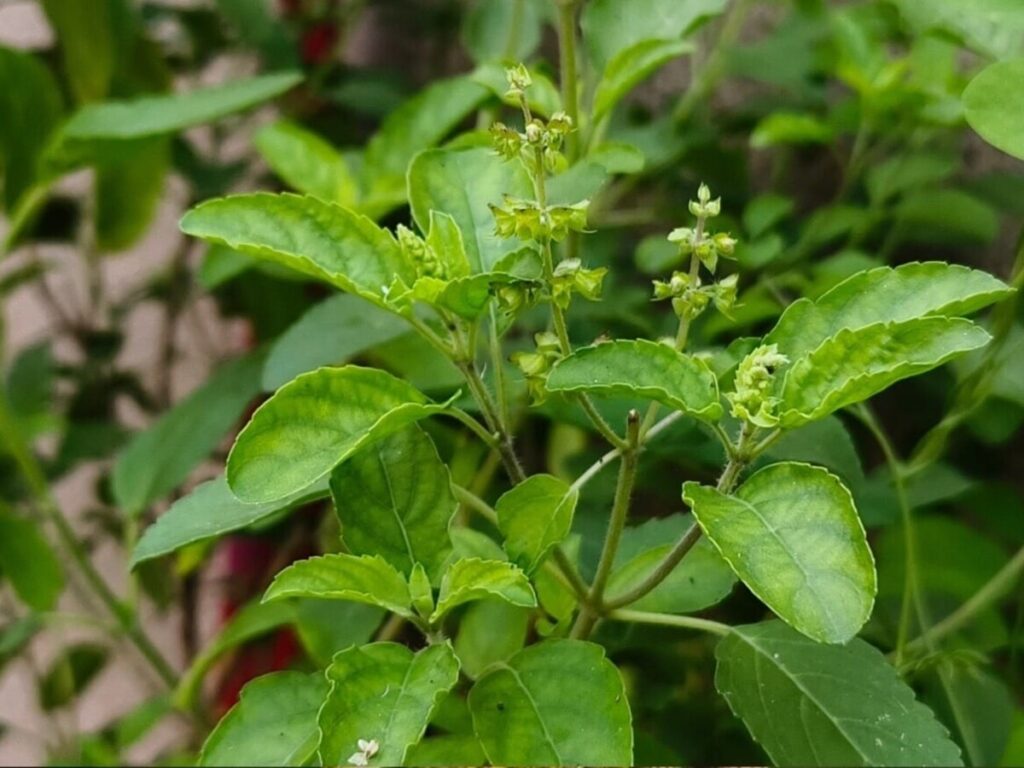Introduction
Tulsi, also known as holy basil, is a revered plant in many Asian cultures, particularly in India. Not only is it celebrated for its spiritual significance, but it also boasts a plethora of health benefits. However, many gardeners face the challenge of keeping their Tulsi plants lush and thriving. In this article, we will explore the common causes of drying in Tulsi plants and provide practical tips to maintain their vitality.
Common Causes of Drying in Tulsi Plants
1. Insufficient Watering
One of the most common reasons for Tulsi plants drying out is inadequate watering. Tulsi requires consistent moisture, especially during hot seasons. Overly dry soil can lead to stress and eventually cause the plant to wilt.
2. Poor Soil Quality
The type of soil used can greatly influence the health of a Tulsi plant. Soil that lacks essential nutrients or has poor drainage can suffocate the roots and lead to drying. A balanced, well-aerated potting mix is essential for robust growth.
3. Lack of Sunlight
Tulsi plants thrive in bright, indirect sunlight. Insufficient light can stunt their growth and lead to drying leaves. It’s essential to place your Tulsi where it can soak up adequate sunlight for several hours a day.
4. Pests and Diseases
Pests such as aphids, spider mites, and whiteflies can cause significant damage to Tulsi plants. Additionally, fungal infections can lead to wilting and drying. Regular inspection and prompt treatment are crucial to combating these issues.
5. Temperature Fluctuations
Tulsi prefers a warm and stable environment. Extreme temperature changes, whether too hot or too cold, can stress the plant and lead to drying. Maintaining a consistent indoor temperature is paramount for healthy growth.
Tips to Keep Tulsi Healthy and Lush
1. Watering Techniques
Water your Tulsi plants deeply and regularly, ensuring the soil is moist but not waterlogged. A good rule of thumb is to water when the top inch of soil feels dry. Consider using a moisture meter for accuracy.
2. Nutrient-Rich Soil
Utilize potting soil enriched with organic compost. A mixture of peat moss, perlite, and vermicompost can provide the required nutrients while ensuring proper drainage. You may want to refresh the soil every few months.
3. Optimal Sunlight Conditions
Position your Tulsi plant to receive at least 6 hours of indirect sunlight daily. If indoors, a south-facing window is ideal. If necessary, use grow lights to supplement natural light.
4. Pest Control
| Pest | Signs of Infestation | Control Method |
|---|---|---|
| Aphids | Sticky residue on leaves | Insecticidal soap |
| Spider Mites | Webbing on leaves | Neem oil spray |
| Whiteflies | Presence of tiny white flies | Sticky traps |
5. Temperature Management
Avoid placing Tulsi plants near heaters or air conditioners. Ideally, maintain a temperature range between 70°F to 85°F (21°C to 29°C) for optimal growth and prevent drying.
Conclusion
With proper care and attention, it is entirely possible to keep your Tulsi plants vibrant and healthy. By understanding the common causes of drying and implementing effective preventive measures, you can enjoy the numerous benefits of this amazing herb. Whether for culinary uses, medicinal properties, or spiritual significance, a thriving Tulsi plant is a treasure for any garden.
